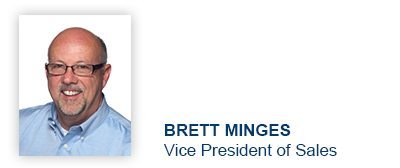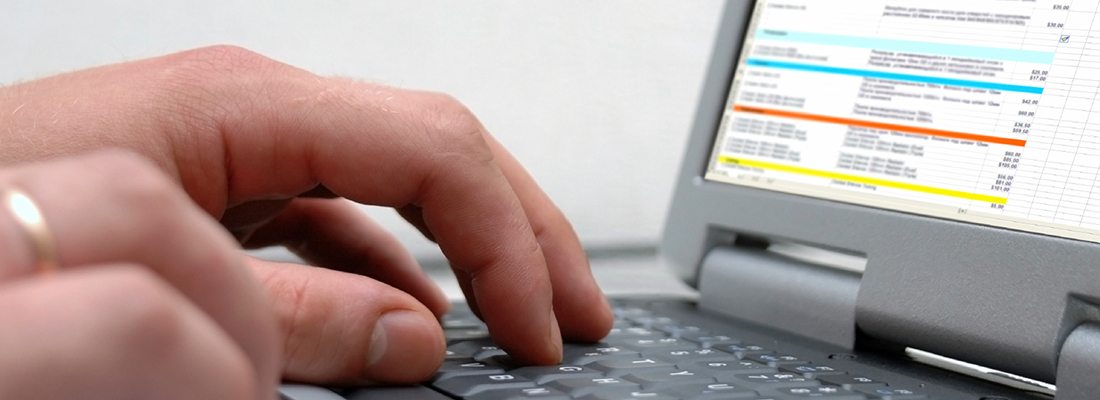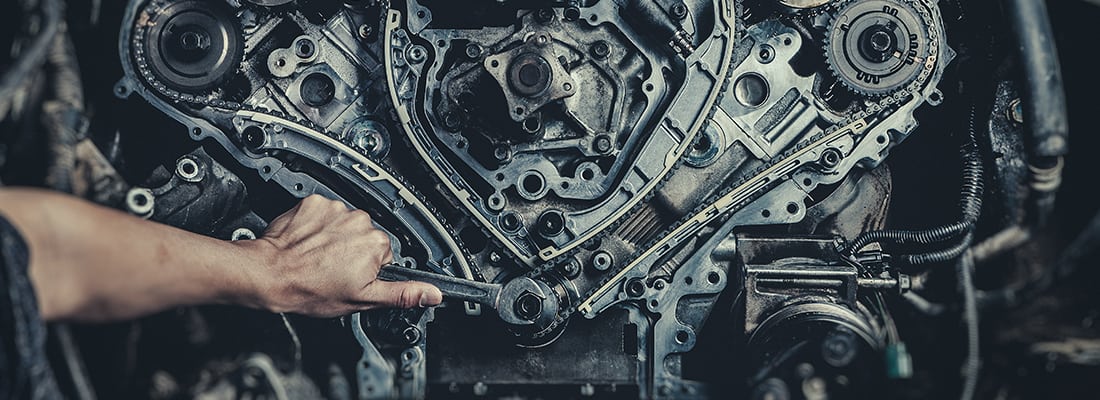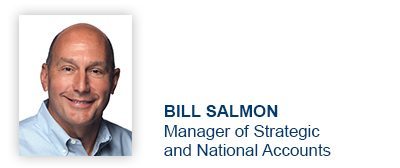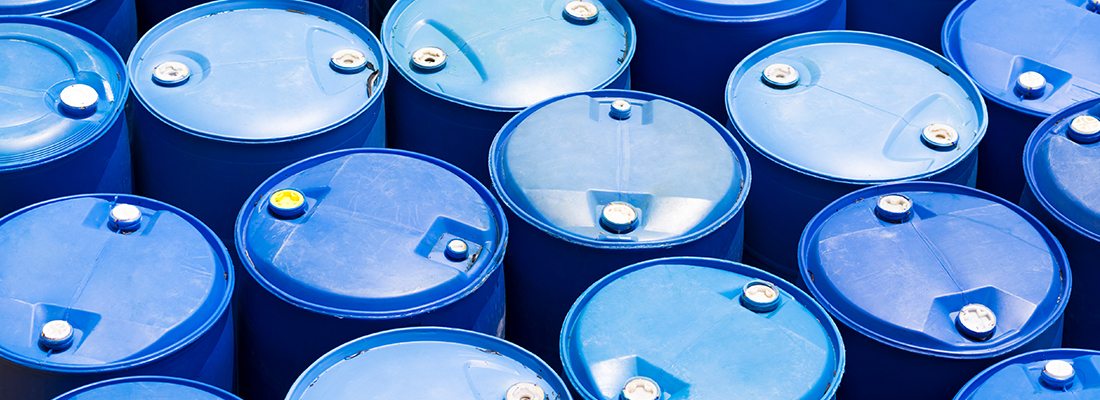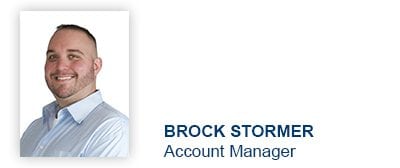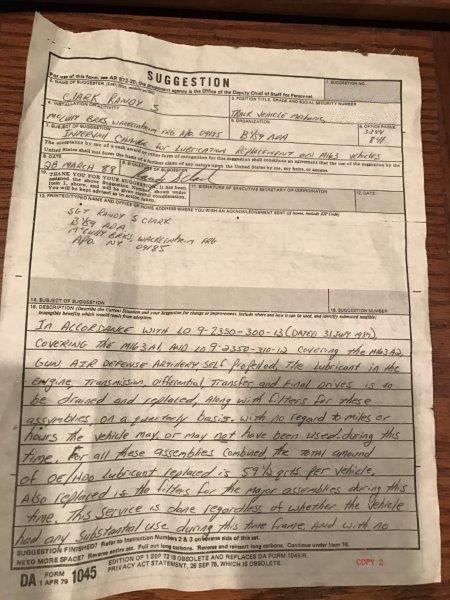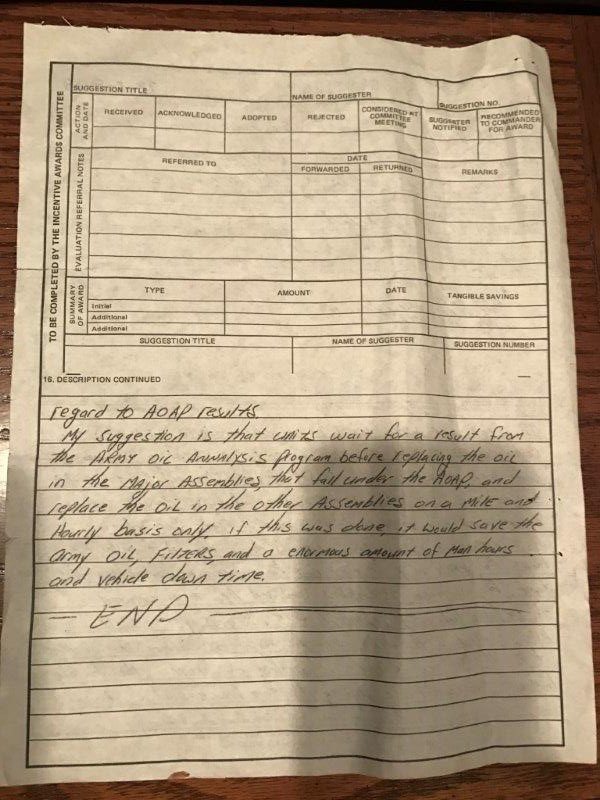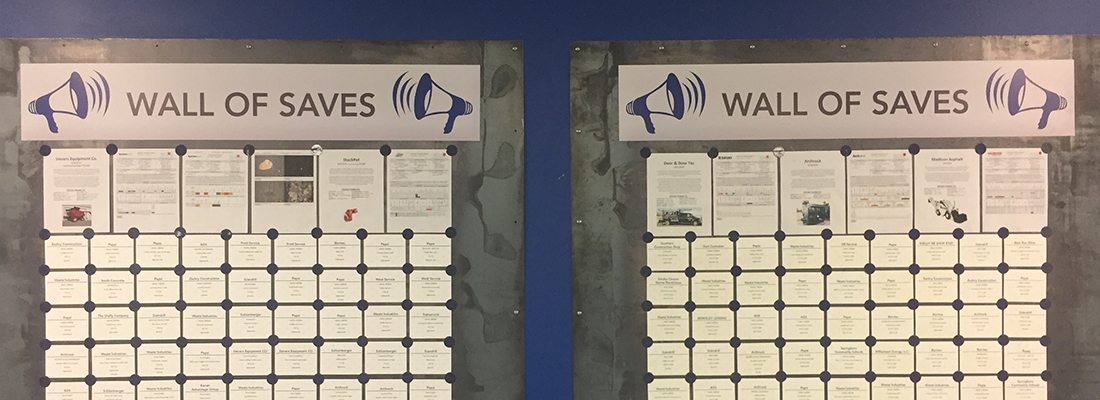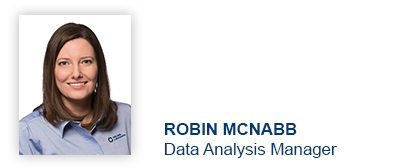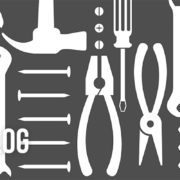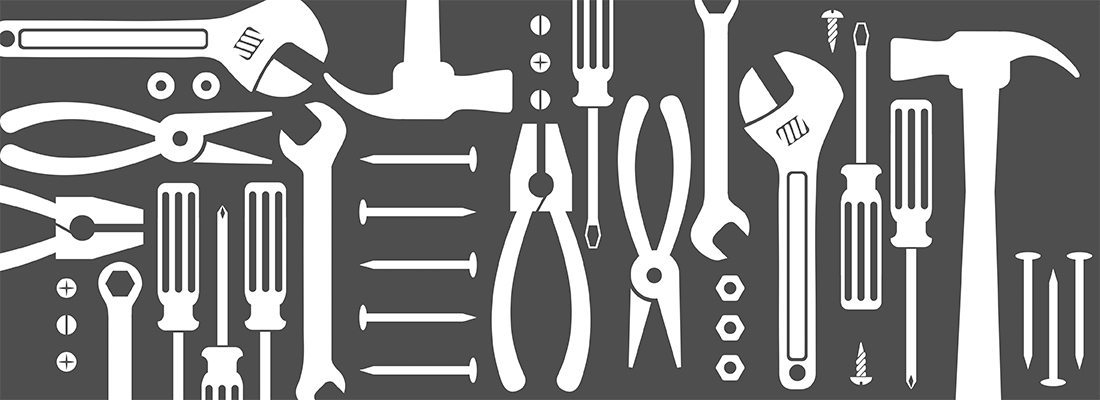5 Steps for Selecting the Proper Coolant Formulation
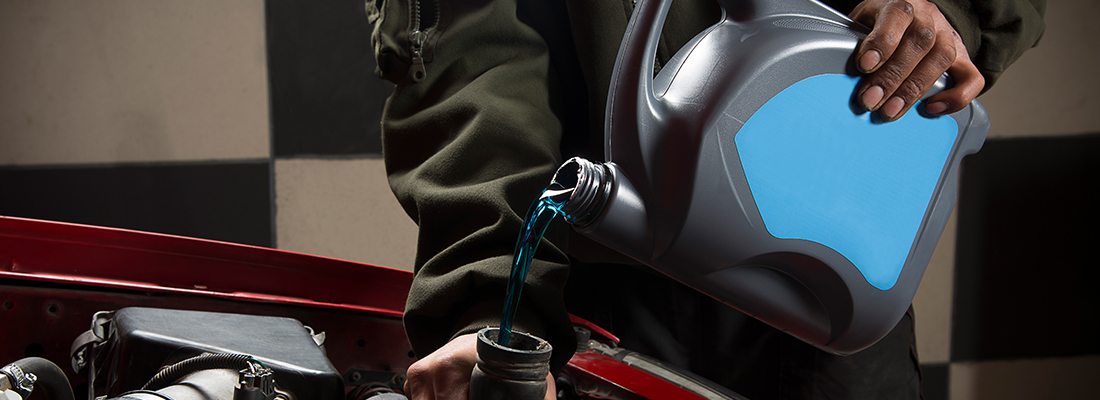
There are many different formulations of coolant, most of which aren’t fully compatible. Prevent premature engine failure by learning the right way to maintain your coolant.
Below are five quick steps for selecting the proper coolant formulation. This approach should keep your cooling systems free of coolant cross-contamination.
- Determine what the equipment requires. The engine manufacturer and ASTM specifications can be found in the equipment manual or on the company’s website.
- See if you are on spec. Make sure your bulk fluid meets the engine manufacturer and ASTM specifications.
- Avoid mixing coolants. Using different formulations will dilute the protective inhibitors from each formula and leave the cooling system metal unprotected.
- Check the coolant during scheduled maintenance. Check for color change, petroleum contaminants, precipitate, abnormal odors, inhibitors, glycol and pH levels.
- Perform laboratory testing. Test coolant quarterly in high-hour, heavy-duty engine applications and twice a year (before summer and winter) in all other applications.
Cooling system problems are responsible for more than 50 percent of unexpected maintenance. Protect your engines with coolant analysis.
Download the coolant solution sheet to learn about protecting your cooling systems and your engines at the same time.

Proven Impact. Proven Uptime. Proven Savings.
Let us prove it to you.




